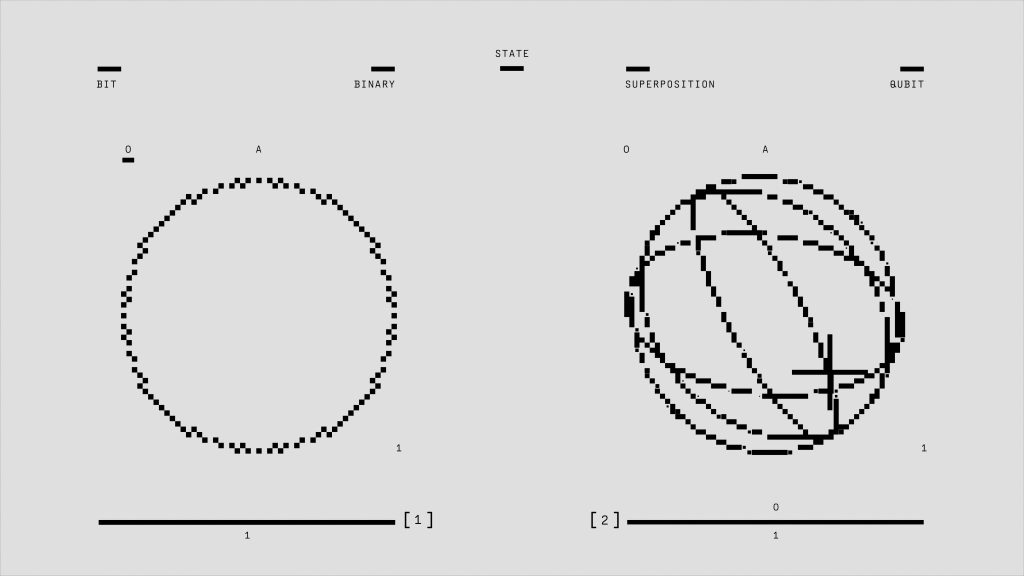Diagnosing System Stability: When Memory Tests Reveal Errors, What Are Your Next Steps?
Experiencing frequent system crashes can be both frustrating and concerning, especially when the underlying cause isn’t immediately clear. Recently, I decided to run a comprehensive memory test after noticing persistent instability and error reports in my logs. The results, however, have raised important questions about the health of my hardware components.
Running MemTest: A Crucial Step in Identifying Faulty Hardware
MemTest is a widely-used diagnostic tool for assessing the integrity of RAM modules. When launched, it performs a series of read and write operations to detect any errors that may indicate faulty memory. In my case, I initiated the test and, within just a few minutes, encountered over 50 errors—a clear sign that something isn’t functioning properly.
Understanding the Implications of Detected Errors
Such a rapid accumulation of errors typically points toward defective RAM modules. Faulty memory can cause various issues, including system crashes, data corruption, and overall instability. While RAM is often the primary suspect, it’s also prudent to consider other hardware components, such as the CPU, which can sometimes mimic memory-related problems under certain conditions.
Assessing the Next Steps
Given the current findings, the most straightforward solution appears to be replacing the problematic RAM modules. However, before making hardware purchases, it’s advisable to:
- Test individual RAM modules: If your system has multiple sticks, testing them one at a time can help identify the faulty module.
- Check for compatibility: Ensure that new RAM matches your system specifications to prevent further issues.
- Inspect other components: While less common, CPU-related problems could also cause similar symptoms. Running additional diagnostics or stress tests on the CPU can help rule out this possibility.
Conclusion
Detecting errors through tools like MemTest is an essential step toward maintaining a stable and reliable computing environment. While the presence of multiple errors suggests that the RAM likely needs replacement, a thorough diagnostic approach can provide greater clarity. If you’re facing similar challenges, consider consulting with hardware professionals or seeking guidance from online communities to navigate the repair process effectively.
Remember: Regular hardware checks and timely replacements can extend the lifespan of your computer and prevent data loss or unexpected downtime.
Share this content:



